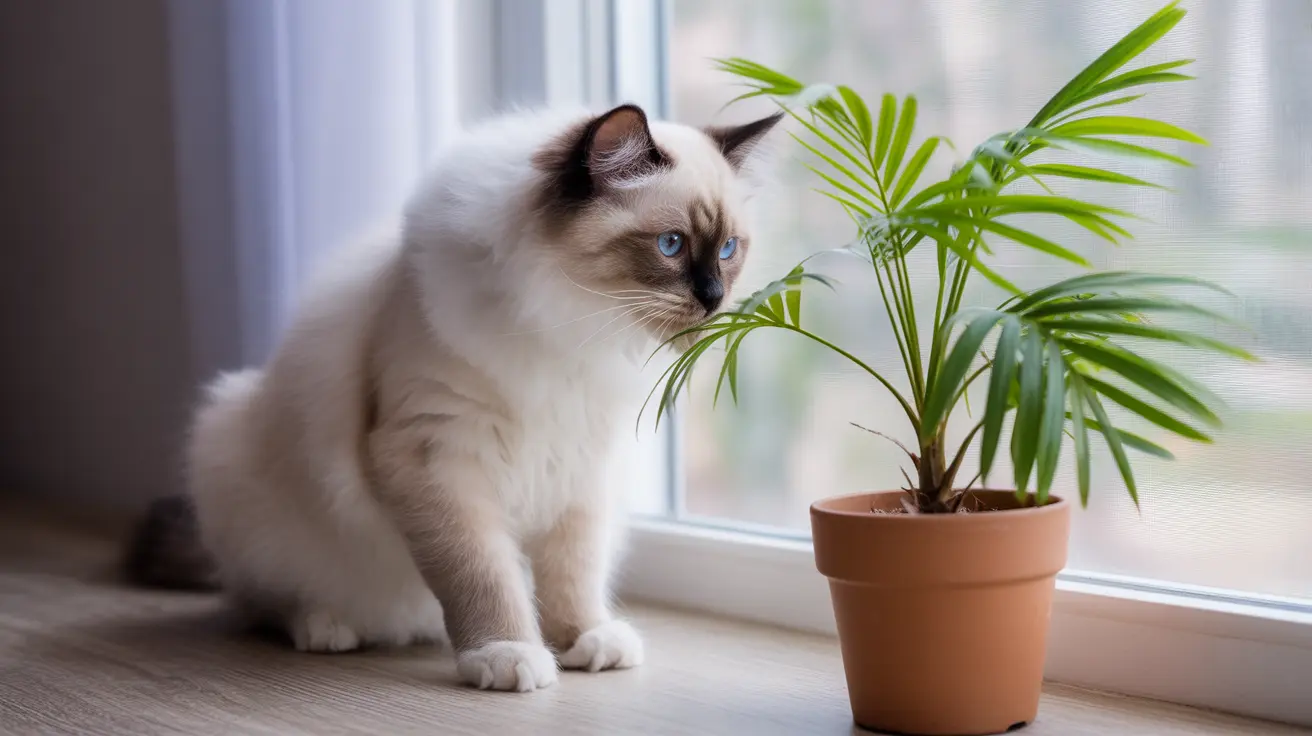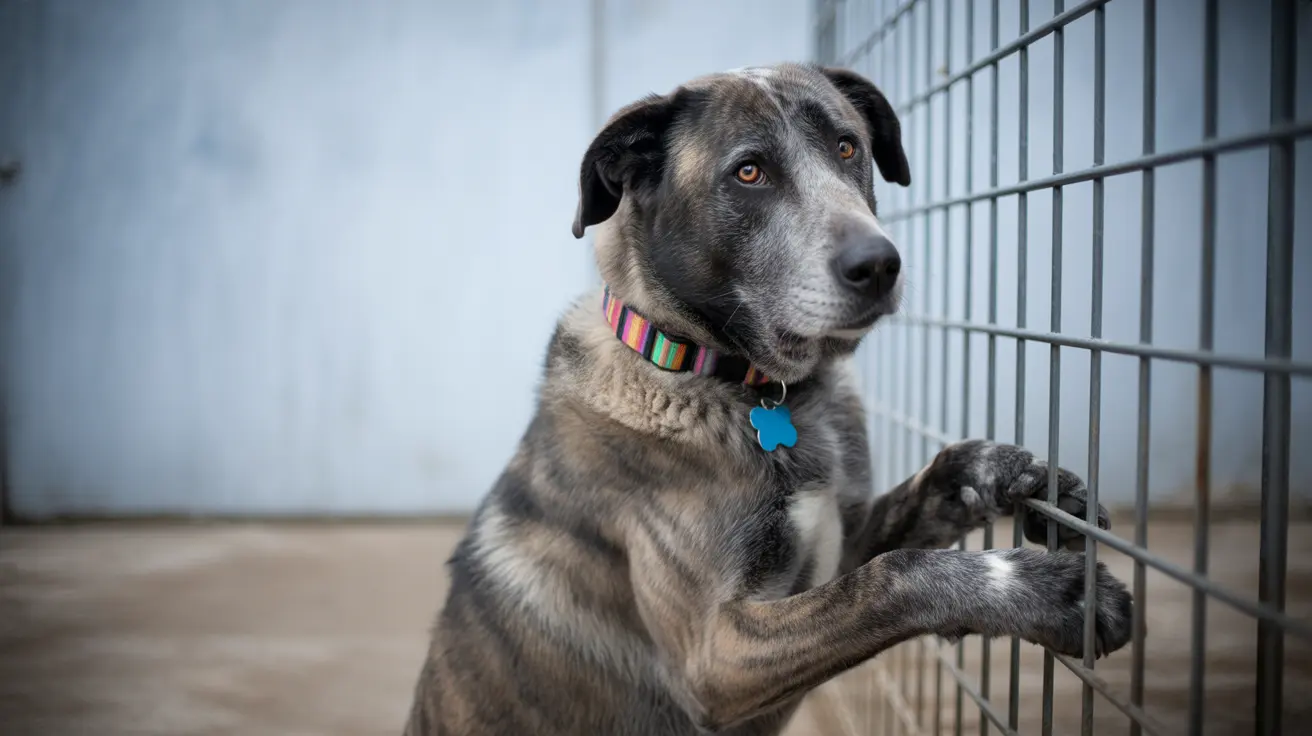Introduction
If you're a cat owner looking to add some greenery to your home, you might be wondering about the safety of Neanthe Bella Palms. Also known as Parlor Palms (Chamaedorea elegans), these elegant plants have become increasingly popular among pet owners for good reason.
The good news is that Neanthe Bella Palms are officially recognized as non-toxic to cats by the ASPCA and other veterinary authorities. However, there are still some important considerations to keep in mind when bringing these plants into your pet-friendly home.
Understanding Neanthe Bella Palm Safety
Neanthe Bella Palms are one of the few palm varieties that pose no poisoning risk to cats or other pets. Unlike their toxic cousins, such as Sago Palms, these plants contain no dangerous compounds that could harm your feline friend.
However, while not poisonous, excessive consumption can still cause mild digestive issues. This is similar to how humans might experience stomach upset after eating too much raw vegetation - it's not toxic, but it's not ideal for the digestive system.
Potential Health Concerns
While Neanthe Bella Palms are safe for cats, there are some minor health considerations to keep in mind:
- Mild stomach upset if large quantities are consumed
- Possible vomiting or diarrhea from plant fiber irritation
- Potential choking hazard from larger pieces
- Risk of intestinal blockage if consumed in large amounts
Creating a Pet-Safe Environment
Even though Neanthe Bella Palms are non-toxic, it's still important to take precautions to protect both your cat and your plant:
- Place palms in areas that are less accessible to curious cats
- Use pet-safe deterrent sprays around the plant
- Provide alternative plants like cat grass for your pet to chew
- Monitor your plant for signs of damage or missing fronds
- Keep fallen leaves cleaned up to prevent temptation
Plant Care and Placement Tips
Proper care and placement of your Neanthe Bella Palm can help minimize pet interaction while keeping the plant healthy:
- Position in bright, indirect light away from cat traffic areas
- Maintain proper watering schedule to keep leaves firm and less appealing
- Trim damaged fronds promptly to reduce temptation
- Consider hanging baskets or tall plant stands to limit access
Frequently Asked Questions
Are Neanthe Bella Palms safe for cats to have in the home?
Yes, Neanthe Bella Palms are completely non-toxic to cats and are certified safe by the ASPCA. While consumption should still be discouraged, these plants pose no poisoning risk to your feline companions.
What symptoms should I watch for if my cat eats part of a Neanthe Bella Palm?
While not toxic, watch for signs of mild digestive upset such as vomiting, diarrhea, or decreased appetite. Most symptoms resolve on their own, but contact your vet if they persist for more than 24 hours.
How can I prevent my cat from chewing on my Neanthe Bella Palm plant?
Use pet deterrent sprays, provide alternative plants like cat grass, place the palm in hard-to-reach locations, and consider using physical barriers or elevated planters to keep your cat away from the plant.
Is there any risk of poisoning from Neanthe Bella Palms for dogs and other pets?
No, Neanthe Bella Palms are safe for all pets, including dogs. However, like with cats, excessive consumption can cause mild digestive issues due to plant fiber irritation.
How do I correctly identify a Neanthe Bella Palm to ensure it is safe for my pets?
Look for the scientific name Chamaedorea elegans when purchasing. Neanthe Bella Palms have delicate, feathery fronds and typically grow 2-4 feet tall indoors. When in doubt, consult with a plant expert or bring a photo to your local nursery for confirmation.
Conclusion
Neanthe Bella Palms offer a beautiful, pet-safe option for cat owners looking to enhance their indoor spaces with plants. While these palms are non-toxic and generally safe, taking proper precautions to discourage consumption and monitoring your pet's interaction with the plant will ensure both your cat and your palm thrive in harmony.






